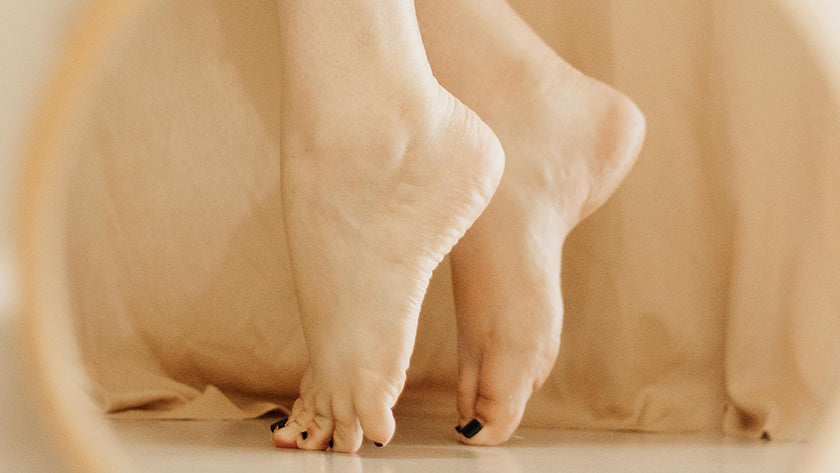
Why is Vinegar Bad for Nail Fungus?
Nail fungus, medically known as onychomycosis, is a common condition that affects many people worldwide. It is caused by an overgrowth of fungi in, under, or on the nail. While there are various home remedies and over-the-counter treatments for nail fungus, one popular remedy is vinegar. However, using vinegar to treat nail fungus may not be the best option, and here's why.
1. Vinegar's Limited Antifungal Properties
Vinegar, particularly apple cider vinegar, is often touted for its antifungal properties. While it may have some effect on certain types of fungi, its effectiveness against the specific fungi that cause nail infections, such as dermatophytes, is limited. This means that vinegar may not be strong enough to completely eradicate the fungus causing the infection.
2. Ineffectiveness Against Deep-seated Infections
Nail fungus can be stubborn, often penetrating deep into the nail bed and surrounding tissues. Vinegar, when applied topically or used as a soak, may not reach these deep-seated infections effectively. This can result in incomplete treatment and a higher likelihood of recurrence.
3. Potential for Skin Irritation
Undiluted vinegar can be harsh on the skin, especially on sensitive areas like the nail bed and surrounding skin. Prolonged exposure to vinegar can lead to skin irritation, redness, and even chemical burns. This can further compromise the health of the nail and surrounding tissues.
4. Delay in Seeking Proper Treatment
One of the drawbacks of relying solely on vinegar for nail fungus treatment is that it may delay seeking proper medical advice and treatment. Nail fungus can sometimes be a symptom of an underlying health condition, and it is important to consult a healthcare professional for an accurate diagnosis and appropriate treatment plan.
5. Risk of Discoloration and Damage to the Nail
Vinegar, particularly when used in high concentrations, can cause the nail to become discolored and brittle. This can further weaken the nail and make it more susceptible to secondary infections. Additionally, the acidic nature of vinegar can damage the nail plate over time.
In conclusion, while vinegar may have some mild antifungal properties, it is not the most effective or recommended treatment for nail fungus. It is important to consult a healthcare professional for a proper diagnosis and use a treatment with natural ingredients that is hard on the infection, but soft on the nails and skin. Imperial Feet Nail Mycosis only contains natural ingredients and is created to heal the source of the infections.










